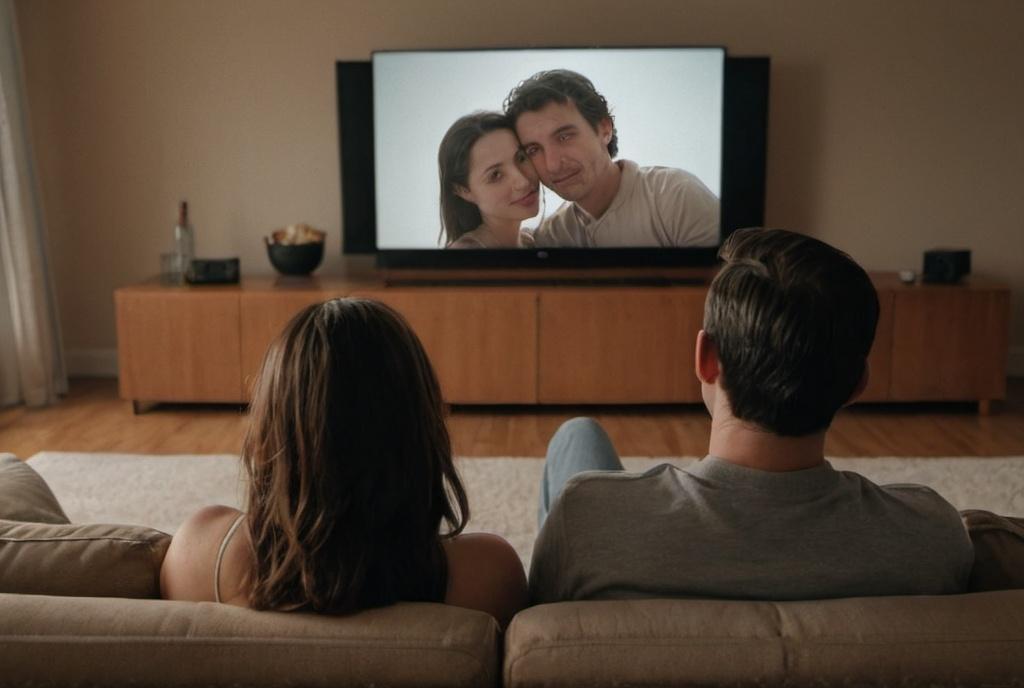
Key Take Aways About feminist film theory
- Feminist film theory scrutinizes cinema through a gendered lens, questioning portrayals of femininity and masculinity.
- Originating in the 1970s, it introduced concepts like the “male gaze” and broadened to include race, sexuality, and class.
- Critics analyze characterization, plot, and visual style to identify and challenge stereotypes.
- Feminist critiques have driven changes in film production, promoting richer female characters and more inclusive storytelling.
- Criticism includes a focus on binary gender norms and male-dominated cinema, yet it remains a crucial framework for dialogue on representation.

Feminist Film Theory: A Dry Yet Insightful Dive
Feminist film theory is a scholarly pursuit, born from the wider feminist movement, that scrutinizes cinema through a gendered lens. At its core, it investigates how films portray gender and contribute to cultural ideas about femininity and masculinity. This discipline emerged in the late 20th century with a marked influence of feminist thought, challenging prevailing perceptions in cinema and offering fresh, critical insights.
Origins and Development
Feminist film theory got its mojo in the 1970s alongside the second-wave feminism tide. Scholars like Laura Mulvey, with her seminal essay “Visual Pleasure and Narrative Cinema,” started poking at the male-dominated frameworks of film study. Mulvey introduced the concept of the “male gaze,” a term used to describe the way visual arts are often crafted from a masculine, heterosexual perspective. This approach not only pushed critics to think harder about how audiences experience films but also to question who gets to tell these stories.
As the years ticked by, the theory evolved. It explored intersections with other movements, such as postcolonial and queer theories, expanding its scope and diving into how race, sexuality, and class intersect with gender in film narratives. This broadened perspective allowed for a more nuanced critique of film, considering a broader spectrum of identities.
Analyzing Film Through a Feminist Lens
When applying feminist film theory, critics examine various elements: characterization, plot, dialogue, and visual style. They ask questions like: How are women portrayed? Who has the power in the narrative? Are female characters active participants in their stories, or are they merely there to support male heroics? These inquiries help to highlight films that perpetuate traditional stereotypes or those that challenge and subvert them.
Take, for instance, the portrayal of women in action films. Often positioned in roles that emphasize physical appearance over character depth, female characters were historically sidelined as love interests or damsels in distress. However, the landscape is slowly shifting, with more films showcasing women as capable, complex protagonists. These changes are partly attributed to feminist critiques pushing creators to challenge the status quo.
Impact on Film Production
Beyond critique, feminist film theory has nudged the industry toward change. There has been a steady rise in films that subvert traditional gender roles, offer richer female characters, and frame women as the agents of their stories. Directors like Greta Gerwig, with films like “Lady Bird” and “Little Women,” have crafted narratives that foreground women’s experiences without falling into cliché traps.
Moreover, the push for inclusivity extends behind the camera too. More women occupy roles as directors, writers, and producers, influencing the stories being told. This has been accompanied by an increased awareness of the gender imbalance in film production, prompting initiatives to support female filmmakers.
Criticism and Counterpoints
While feminist film theory has sparked significant discussions, it’s not without its critics. Some argue it overly focuses on male-dominated cinema, inadvertently sidelining other important lenses like those involving race and class. There’s also a debate about whether this theory reinforces binary gender norms instead of embracing a more fluid spectrum of gender identities.
Yet, proponents argue that feminist film theory remains essential; it offers a robust framework for analyzing film and encourages ongoing dialogue about representation in media.
In the end, feminist film theory isn’t just some academic exercise. It’s a persistent call to scrutinize how cinema shapes perceptions and to push for more equitable storytelling. By challenging traditional narratives, it opens the door for more diverse voices, ensuring a richer tapestry of stories for audiences to enjoy. So while it may not always grab the headlines, its influence quietly reshapes the films we watch and enjoy today.



